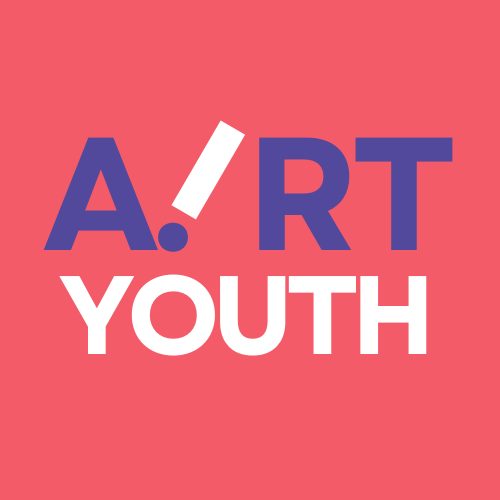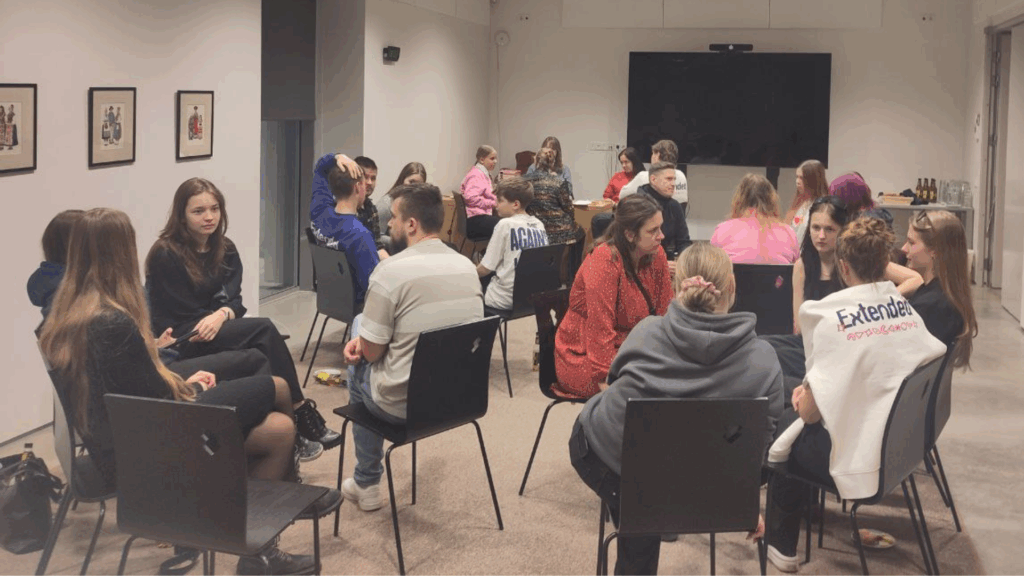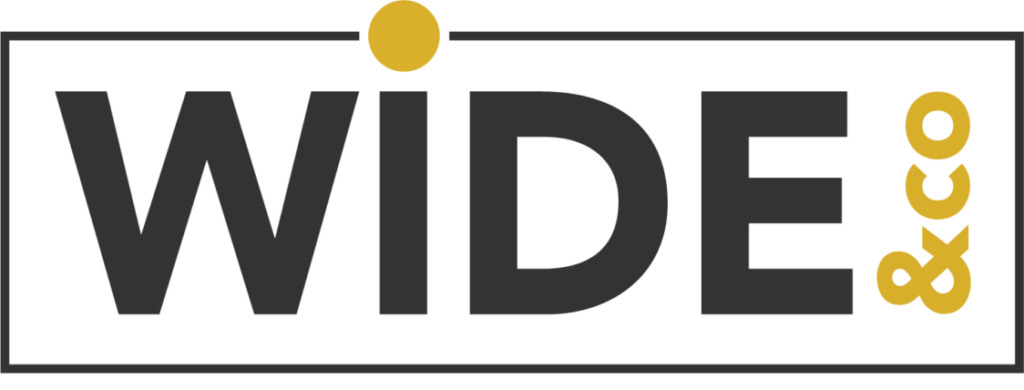On February 25, 2025, young participants gathered in Tartu, Estonia for a unique event that combined art, artificial intelligence, and collaborative learning. Organised within the framework of the A(i)RT Youth project, the event offered an immersive, thought-provoking exploration of how technology and creativity can intersect to shape new forms of artistic expression.
The event opened with a presentation of the A(i)RT Youth project, outlining its goals to empower young artists and creatives to engage critically with AI.
Participants were then invited to the local art museum, where they visited a stunning exhibition by Ryoji Ikeda, an internationally acclaimed Japanese artist known for his data-driven, sensory-rich installations. The exhibit featured works such as Vox Aeterna, Critical Paths, and Data-verse—each of which challenged viewers to experience the poetic potential of algorithms, sound, and information.
The immersive visit acted as a catalyst for group reflection and dialogue. After the exhibition, participants gathered to share their impressions and questions. Discussions focused on how AI can be a creative partner, the potential it holds for expanding artistic expression, and the tensions it raises—such as authorship, originality, and the emotional depth of machine-generated works. The group explored whether AI is simply a tool, or whether it risks redefining the very role of the artist.
Building on this momentum, the group turned their attention to the Tartu Youth Festival, reflecting on its themes, values, and community role.
In the final part, participants worked in small groups to produce their own AI-assisted artworks. Using prompts developed during the discussions and inspired by what they had seen and felt, each group co-created a visual or textual piece that encapsulated their reflections. This hands-on creative session demonstrated the collaborative and interpretative power of AI, when guided by human thought and feeling.
By the end, participants had not only gained insights into the possibilities and limitations of AI in art, but also experienced firsthand how digital tools can enhance critical thinking, teamwork, and creative experimentation.






